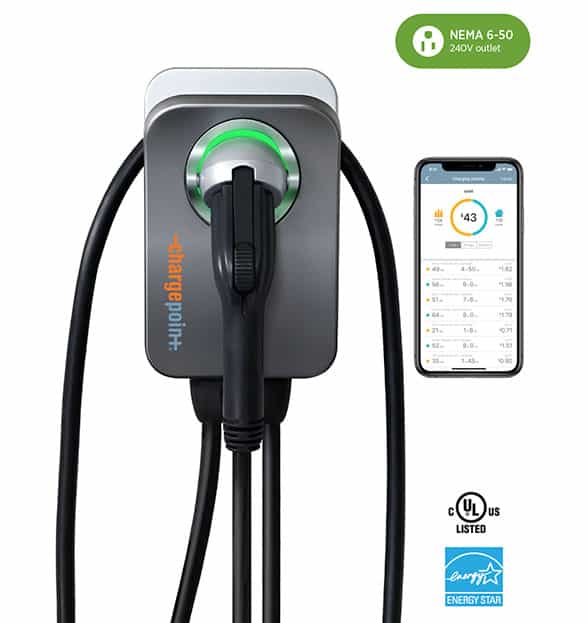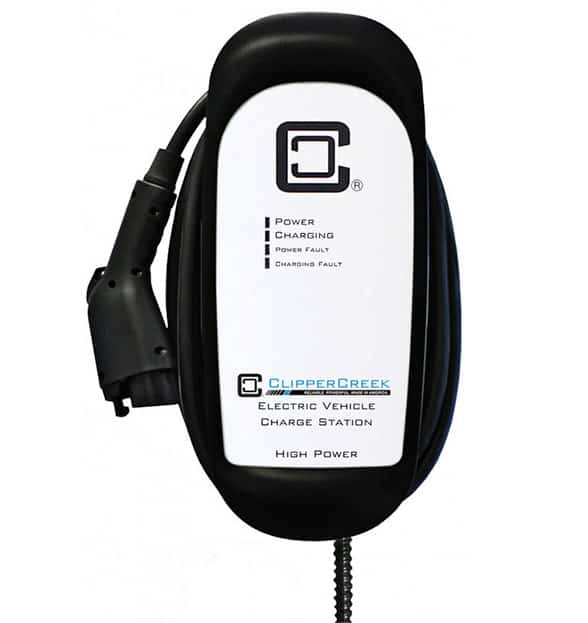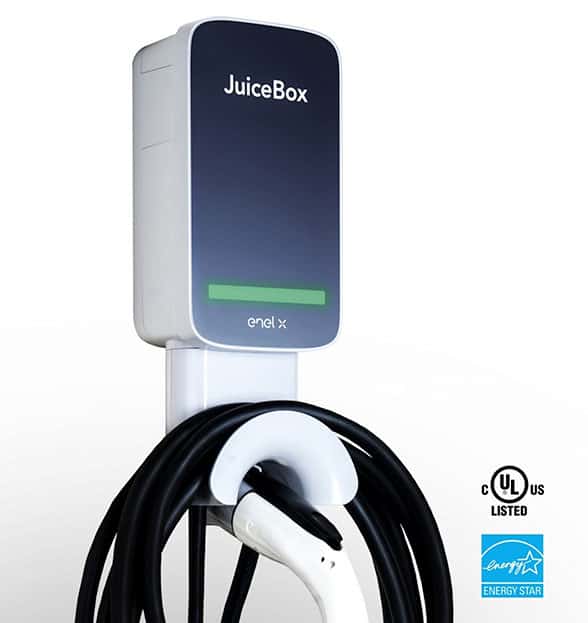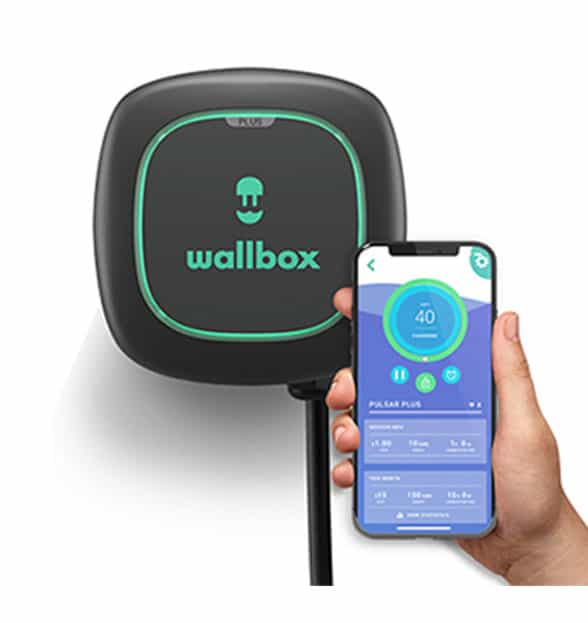Powering Your Home + Vehicle
As electric vehicles (EVs) become more common, Sea Bright Solar assists owners by installing Level 2 chargers, which provide the convenience of charging faster at home. Coupled with a solar electric system, your EV can be powered by the sustainable energy of the sun. Making it an even more environmentally sound choice. Sea Bright Solar works with the very best charging station partners to ensure your solar + EV will be sized correctly to offset your current utility bill and future needs when you make the switch from gas to green.
EV Technology & Charging
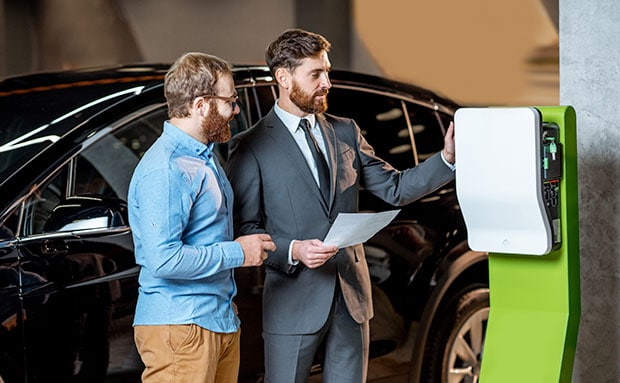
If you currently own an electric vehicle or are planning to purchase one, you have come to the right spot for the professional installation of your Level 2 EV Charger. Whether you have purchased your EV Charger already or you would like Sea Bright Solar to furnish and install a Level 2 EV charger, we’ve got you covered.
Currently, significant federal tax credits are available for qualified Level 2 EV chargers. In addition, some states and utilities offer additional incentives for the installation of qualified Level 2 EV chargers.
Understanding Charging
Level 1 (trickle) charging typically takes 15 hours to fully charge an EV. That means that owners may need to charge during peak usage times or feel compelled to ‘top off’ using public charging stations to avoid range anxiety—expensive alternatives! You may want to consider a Level 2 charger when we install solar for your home.
Level 1 Chargers
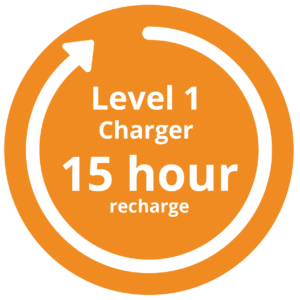 These typically come with your car and are able to be used with your home electric outlets.
These typically come with your car and are able to be used with your home electric outlets.
Pros
-
- Easily adaptable, use with a standard 110 outlet
-
- Easy to transport to allow remote charging
Cons
-
- Typical charging time for a full charge is 15 hours
-
- Most basic charging system with no interface
-
- No ability to select charge cycle to avoid top peak usage
Power Up Your Home Charging
Level 2 Chargers
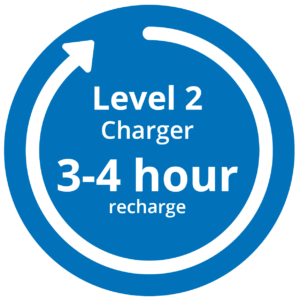 Owners can conveniently charge at the speed of a public charger at their own homes thanks to a more than 60% reduction in charging time.
Owners can conveniently charge at the speed of a public charger at their own homes thanks to a more than 60% reduction in charging time.
Pros
-
- Quality chargers will fully charge an EV in 3 to 4 hours
-
- Plug-in models can share an outlet with a range or dryer
-
- Most have mobile apps to monitor or configure charging
-
- Ownership yields lower cost of charging versus public charging station
-
- Peace of mind allowing EV owners to maintain full capacity for the most range
Cons
-
- Increased energy demand on your home
-
- Require a 240v electrical outlet or hardwired, plus a dedicated, dual-pole breaker
-
- Expense for installation: a licensed electrician needed to install new outlet or hardwiring
-
- If demand charges are in place, the higher current draw may increase energy costs
The Future Of Charging
Level 3 Chargers
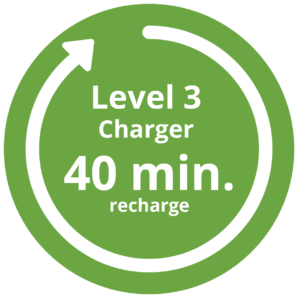 The cream of the crop! These are the leading edges of charging technology.
The cream of the crop! These are the leading edges of charging technology.
Pros
-
- The fastest charge times are available. Approximately 80% of range achieved in 40 minutes.
-
- In the future, bi-directional energy flow will allow direct DC connection between the EV battery and the home in case of a power outage. Your EV helps keep your home powered!
-
- Highest degree of integration into the grid for both the user and the energy provider.
Cons
-
- Typically only available commercially
-
- Extremely expensive
-
- Very new technology — early adopter status for buyers
-
- Currently, AJH (city regulation) is unfamiliar and delays installer plan approvals. (This will improve as technology matures.)
